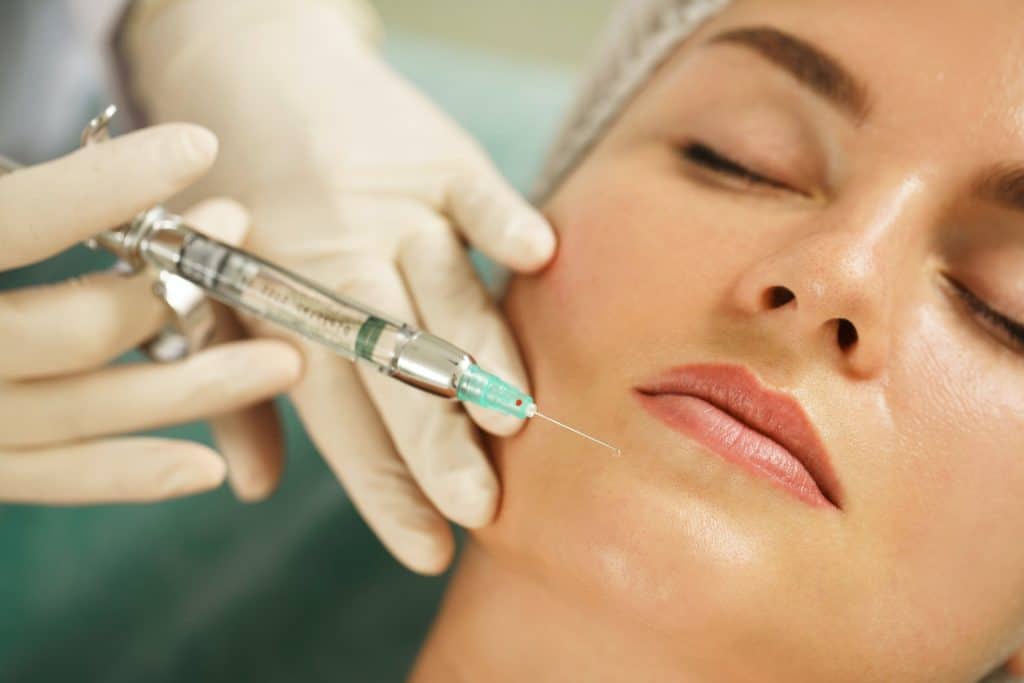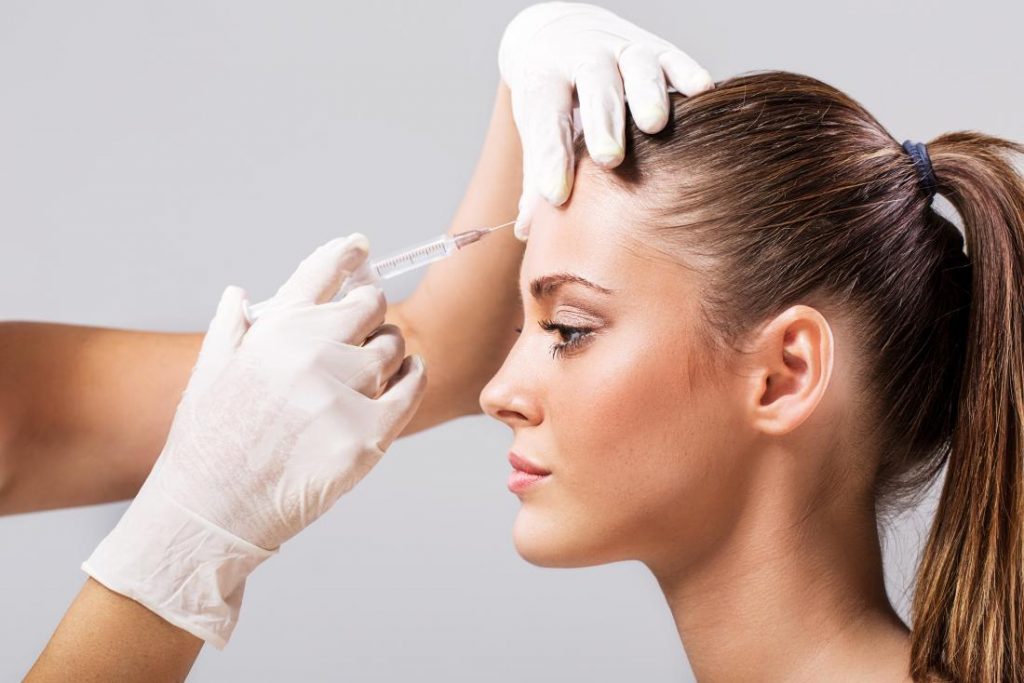No matter how well you take care of your skin, aging brings fine lines and wrinkles and no amount of gentle washing or creams can prevent that.
If you’re experiencing fine lines and wrinkles, Botox may be an effective option to reduce the look of wrinkles and fine lines so that your skin looks as young as you feel.
Botox is a brand name for the drug prepared from botulinum toxin (toxin A and B), which is bacteria. Botox is used to treat a number of conditions and situations. It’s most commonly known for reducing the appearance of wrinkles, particularly on the face. To improve the skin, Botox is injected directly into the face, especially between the eyebrows.
However, Botox has other uses, as well. An increasingly common use for Botox is for migraines. It is effective because it blocks the release of pain transmission chemicals in the nerves at the injection site. Injecting Botox for migraines prevents migraines from occurring instead of easing pain once the migraine has set in.
Botox is also used for chronic pain. In the same way it works for migraines, Botox is effective for people who experience chronic pain, such as in the neck or shoulders. This can prevent people from having to take medications to manage chronic pain.
Along similar lines, Botox can be used to treat muscle spasms. The injection paralyzes the muscles at the injection site, preventing the muscle from spasming.
Does Botox produce a numbing sensation?
There are two types of nerves in the body. One type of nerve is the nerve that transmits messages from the brain to the muscles. The other type of nerve transmits sensation from the body to the brain. Botox numbs the transmitters that let the brain know when pain is being felt. However, the other type of nerve is left alone. That means that, even immediately after a Botox injection, you will have full sensation in your skin. Botox does not produce a numbing sensation in the body.
However, it’s important to keep in mind that everyone’s body responds differently to Botox and other procedures. Some people may experience temporary numbness or tingling after being injected with Botox, but this is not a common side effect. If you do experience these symptoms, they should go away within a few days.
Be sure to speak with your doctor if your symptoms persist for longer than expected. You should also inform them of any medical history or allergies before starting the procedure. With proper care and attention, you can be sure that your experience with Botox will be a positive one!

How is Botox administered?
Botox is administered in a health care setting, such as a clinic, by a trained and licensed professional. It should not be administered at home or by anyone who is not a medical professional trained to administer Botox to patients.
The injection procedure only takes a few minutes and can be completed at a simple office visit.
Botox is a powder, which is diluted with saline to create the Botox solution. The amount of Botox mixed with the saline varies based on the patient and his or her needs.
A very fine syringe is used to inject the Botox and saline solution into the neuromuscular tissue. The injection site is selected based on the desired results. For example, to manage chronic shoulder pain, the injection will be in the shoulders. To reduce the look of wrinkles, the injection would be in the face at the site of the wrinkles to be targeted.
The Botox begins working immediately after injection, but the effects are not seen immediately. Once the Botox has been administered, it may take a day or two for it to take full effect. The medical professional administering the Botox is responsible for providing any medical information needed to ensure that the injection is working properly.
How does Botox affect the body?
When Botox is administered, the muscles at the injection site are paralyzed. This happens because the Botox blocks the synapses in the nerves. This prevents the nerves from sending signals to the muscles to move. In the case of wrinkles, this causes the wrinkles to relax, reducing the look of wrinkles and fine lines. In the case of chronic pain or migraines, the nerves are unable to send pain transmissions, easing pain.
The full effect of the Botox occurs approximately one week after the injection. Though the time required varies per person. Usually the effects of the Botox last up to three months.
One of the advantages of Botox is that the effect of the injection stays localized. In order for Botox to affect an area of the body, it must be injected in that area of the body. This helps ensure that the Botox has the desired effect without impacting other areas of the body.
Some people worry about injecting Botox because fears of the poison. However, when Botox is injected properly by a licensed professional, there is no need to worry about botulism or long-term negative effects from the injection.
What are the side effects of Botox?
Though Botox is safe when administered properly by a licensed professional, there are potential side effects. Not all patients experience all side effects or to the same extent. Each patient’s experience will be different. These side effects include:
- rash
- itching
- muscle weakness
- muscle stiffness
- headache
- flu-like symptoms
- difficulty swallowing
- nausea
- loss of appetite
- redness or bruising at the injection site
- pain at the injection site
- swelling at the injection site
Some symptoms, such as difficulty swallowing, shortness of breath, and dizziness, may be signs of an allergic reaction. The medical professional administering the Botox will provide the information about warning signs of allergic reaction and when to seek medical attention after the Botox injection.



